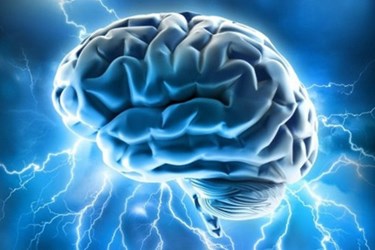Electrical Stimulation Improves Memory
By Chuck Seegert, Ph.D.

Attaching equipment to a patient’s head to help them learn more quickly sounds like something out a science fiction movie. However, the possibility is real, as researchers at Northwestern University have recently demonstrated. Their work promises better treatment methods for memory loss caused by degenerative brain diseases.
Memory impairment can result from many disease processes like stroke, Alzheimer’s disease, and even normal aging. Attempts have been made to improve memory using drugs and even surgery, but with limited results. This recent breakthrough may change all that.
“We show for the first time that you can specifically change memory functions of the brain in adults without surgery or drugs, which have not proven effective,” senior author Joel Voss, assistant professor of medical social sciences at Northwestern University Feinberg School of Medicine, said in a recent press release. “This noninvasive stimulation improves the ability to learn new things. It has tremendous potential for treating memory disorders.”
The Northwestern study was published very recently in Science, and it provides a wealth of information on the mechanisms that create memory. Essentially, memory formation is a widespread process in the brain, using many portions of the neural tissue to actually create memories. All these parts of the brain are coordinated by the hippocampus, a specific portion of the brainBecause the hippocampus is buried so deep within the brain, it can’t be stimulated directly, but cortical parts of the brain that are closely associated with it can be. By stimulating the hippocampus through these more superficial portions of the brain, the memory process is much more coordinated, working like a symphony that is better synchronized.
“It’s like we replaced their normal conductor with Muti,” Voss said, referring to Riccardo Muti, the music director of the renowned Chicago Symphony Orchestra. “The brain regions played together better after the stimulation.”
The technology is based on a method called transcranial magnetic stimulation (TMS), an energy form that noninvasively leads to electrical currents in the brain tissue. Each patient is unique and must have their brain mapped before this can be applied. Once the important regions are identified, a regimen of multiple exposures to electricity lead to the memory improvement. According to the study, these benefits persisted for some time after treatment and were not just active while the electricity was being applied.
The study was performed on normal patients without memory issues who have healthy functioning brain networks, so the outcomes were surprising. “But for a person with brain damage or a memory disorder, those networks are disrupted so even a small change could translate into gains in their function,” Voss said.
Research into therapies for treating degenerative brain diseases is an ongoing area of exhaustive research. In a recent article on Med Device Online, a research team sought to increase the synchronous behavior of neural connections using light as a stimulus.
Image Credit: “brain power.” Allan Ajifo. 2014 CC BY 2.0: https://creativecommons.org/licenses/by/2.0/
